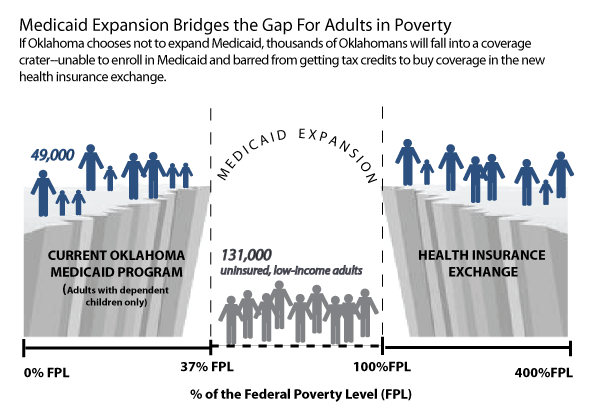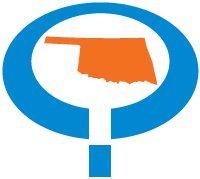By Warren Vieth and Darren Jaworkski
Oklahoma Watch
When the government starts helping low-wage workers pay for health insurance next year, 6,704 Oklahoma cooks will be left empty-handed.
So will 6,154 cashiers, 4,572 waiters, 4,207 housekeepers and 3,870 retail salespeople, an Oklahoma Watch data analysis shows.They are among 109,227 uninsured Oklahoma workers whose annual incomes fall below the federal poverty level, making them ineligible for health-insurance tax credits that take effect in January.
Most of them also are ineligible to participate in SoonerCare, Oklahoma’s version of Medicaid, because it doesn’t cover most working adults unless they have dependent children, and then only if they make less than $4,368 a year for a two-person family.
The Oklahoma Watch analysis uses Census Bureau data to determine which occupations have the largest number of uninsured working people who will remain stuck in the health-care “coverage crater” — a gap resulting from the state’s decision not to expand Medicaid under the Affordable Care Act. The analysis also reveals which industries have the largest number of uninsured workers.
The working poor comprise a little more than a third of the total coverage crater population. According to Census data, 283,329 uninsured adults fell below the federal poverty line. But many of those people were not employed during the previous 12 months.
Of those who were employed, the analysis shows that many held low-wage jobs in fields such as construction, food service, retail establishments, janitorial firms and landscaping services — sectors responsible for some of the highest rates of job growth in recent years.
Some of those industry groups pay among the lowest wages and have among the lowest rates of insurance coverage, the data shows. In the landscaping business, for example, average annual wages are $11,361, and 61 percent of all workers are uninsured.
Among restaurants and food service firms, average annual wages are $13,326, and 48 percent of workers are uninsured. In hotels and motels, workers are paid $15,456 on average, and 59 percent are uninsured.
Cassie Clark, who works part-time as an administrative assistant at an Oklahoma City dance and fitness studio, falls into the coverage crater. Clark, 25, plans to return to college this fall and expects her annual income will fall below $11,000. Her employer doesn’t offer health insurance, and she doesn’t think she can afford a policy on her own.
“It would be a third or a quarter of my monthly income just to have insurance,” Clark said. “It’s almost like a luxury item.”
The analysis casts new light on an important segment of the population at the center of the ongoing debate over the Affordable Care Act, also known as Obamacare.
When the act was signed into law, it divided lower-income Americans into two overlapping groups. Uninsured people making below 138 percent of the poverty level would receive coverage through an expansion of Medicaid. Uninsured people making between 100 percent and 400 percent of the poverty level could buy insurance on new online federal or state exchanges and receive tax credits to offset part of the cost.
The exchanges will begin accepting applications in October. The tax credits will take effect in January. But the U.S. Supreme Court ruled that the federal government could not force states to expand Medicaid if they didn’t want to. Oklahoma is among more than 20 states that have either rejected Medicaid expansion or appear headed in that direction.
State leaders are studying a proposal by an independent consulting firm to develop an “Oklahoma Plan” that would help uninsured adults obtain coverage. But if officials stick with the status quo, Oklahomans in the coverage crater will…
Finish reading Study Identifies Jobs With Largest Number of Uninsured in Oklahoma




